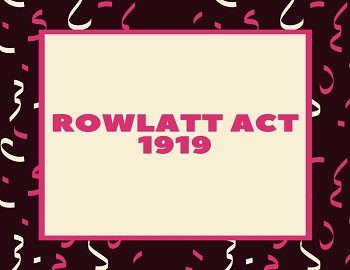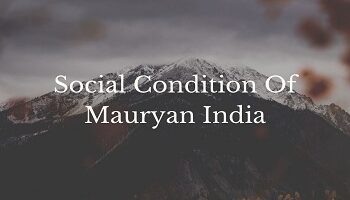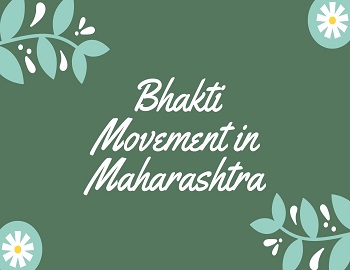Rowlatt Act:
- In view of the growing revolutionary terrorism and the on-going First World War, the Governor-General Chelmsford appointed a committee (the sedition or Rowlatt Committee) under the Presidentship of Sydney Rowlatt, a Judge of the King’s Bench in London, to investigate the nature and extent of revolutionary activities and to suggest legislation, if necessary, to deal effectively with them.
- The Rowlatt Committee, which submitted its Report in April 1918, made a comprehensive review of the activities of militant nationalists and recommended special legislation, both punitive and preventive in character.
- Two Bills based on the Rowlatt Committee’s recommendation were placed before the Imperial Legislative Council.
- One was dropped; the other- the Anarchical and Revolutionary Crimes Act– was passed in March 1919 despite opposition from all elected non-official members of the legislature including Tej Bahadur Sapru, DE Wacha, Srinivasa Shastri, and SurendranathBanarjee.
- The Rowlatt Act provided for speedy trial of offences by a special Court consisting of three High Court Judges.
- The Rowlatt Act attempted to curb civil rights through a system of special courts and detention without trial for a maximum of two years. The Act gave immense power to the police, and so naturally created panic.
- This Act was called the Black Act and it was widely opposed.
- Jinnah declared that a government that enacted such a law in peacetime had no right to be called a civilized government.
- Constitutional protest having failed, Gandhiji decided to oppose the Rowlatt Bills which he described as ‘symptoms’ of deep-seated disease. The remedy he proposed was Satyagraha.
- Gandhiji organized Satyagraha Sabha, himself became its President, and used the members of the Home Rule League, as they were not satisfied with Annie Besant and Tilak had gone to England.
- In the first stage of the anti-Rowlatt Satyagraha, volunteers courted arrest through formal defiances of the law.
- The second stage was to launch a country-wide hartal or strike on April 6, 1919.
- This was followed by mass protests and mob violence in Bombay, Ahmedabad, and several other towns. But after the Jallianwala Bagh Massacre on April 13, 1919, the anti-Rowlatt Satyagraha lost momentum.
- The anti-Rowlatt Act Satyagraha transformed Congress into a national body, with a new ideology and a new strategy under a new leader.









Comments (No)